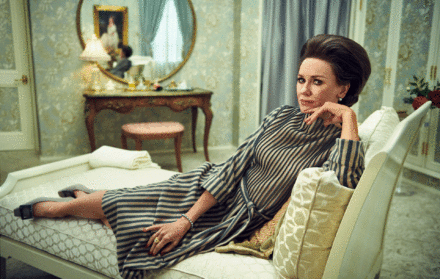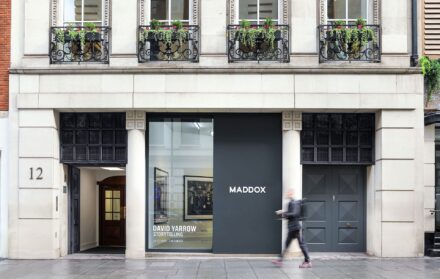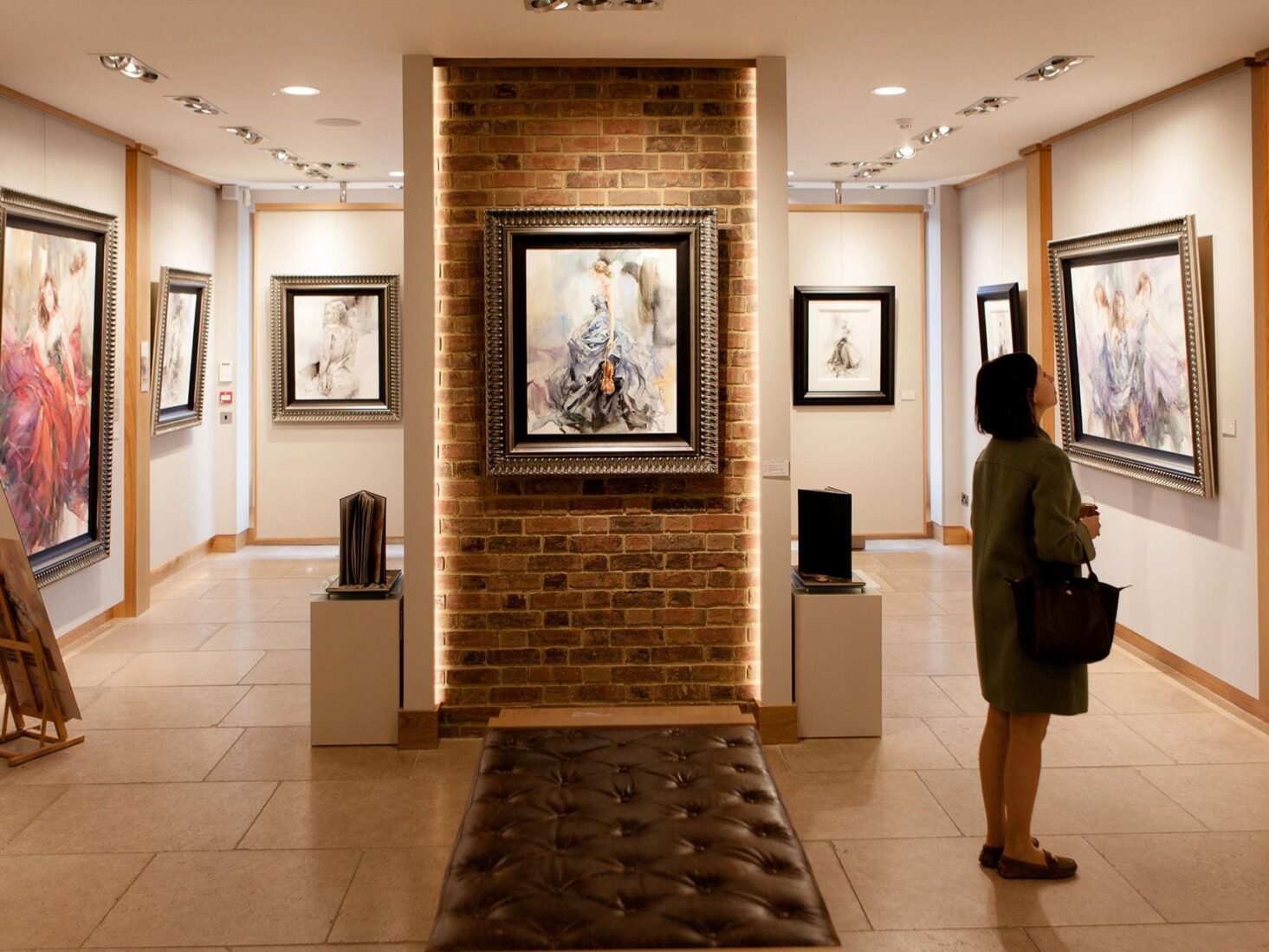
Queen of arts: Clarendon Fine Art gallery founder Helen Swaby
A small, easily over-looked gallery on Dover Street is home to Clarendon Fine Art, a gallery with an all-female board and founder Helen Swaby is head of the UK's largest art gallery group.
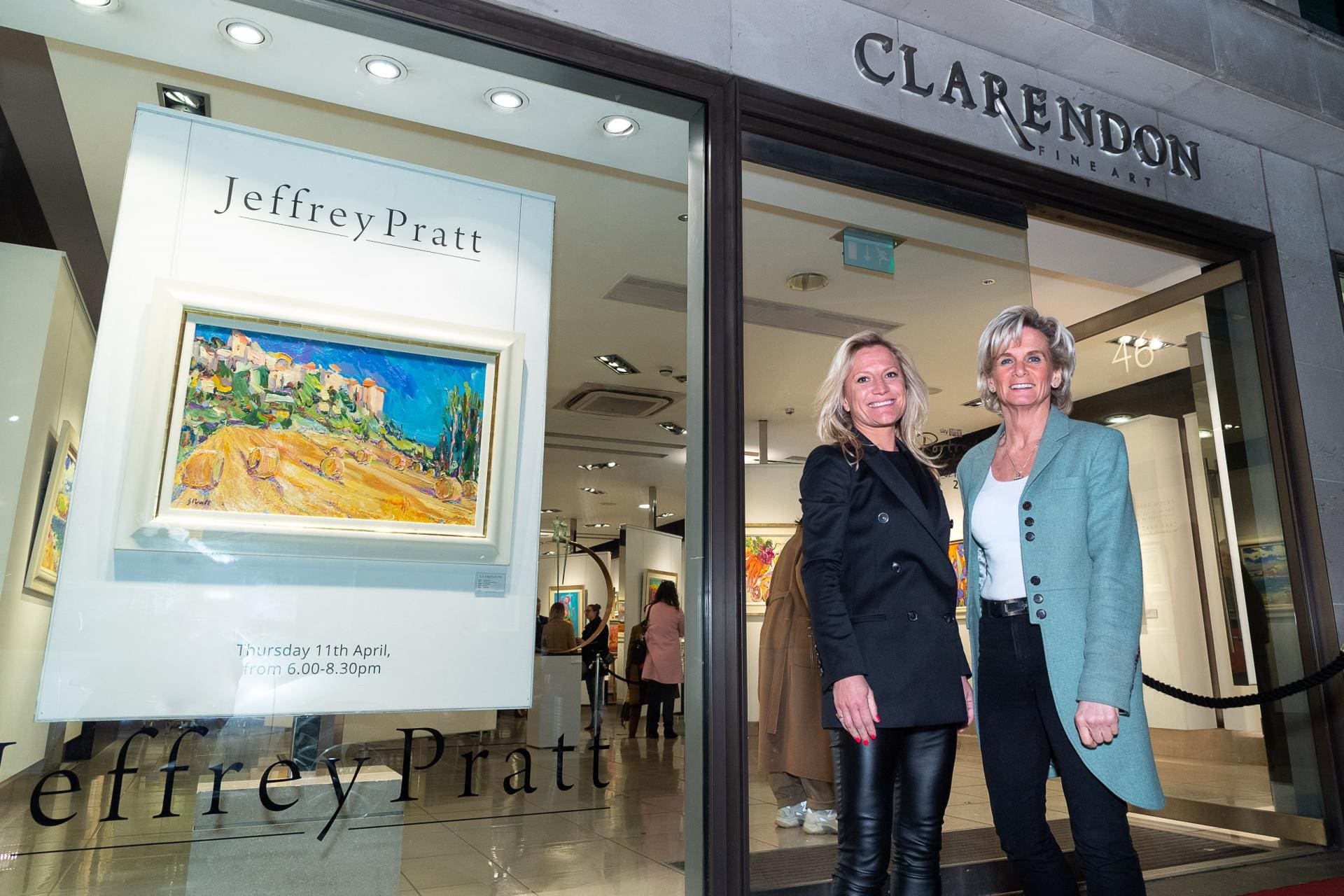
Sometimes, Helen Swaby decided some years ago, if you want something done properly, you have to do it yourself – even if that’s selling art. “I’d just had a very bad experience trying to buy a painting – you know, having to press a buzzer to get into the gallery only to be looked up and down,” she says. “You can see the gallery assistants are sizing you up, making the assumption perhaps that you’re too young to buy, only to watch a big customer come in and be fawned over. That was how the art market was 25 years or so ago – very elitist.”
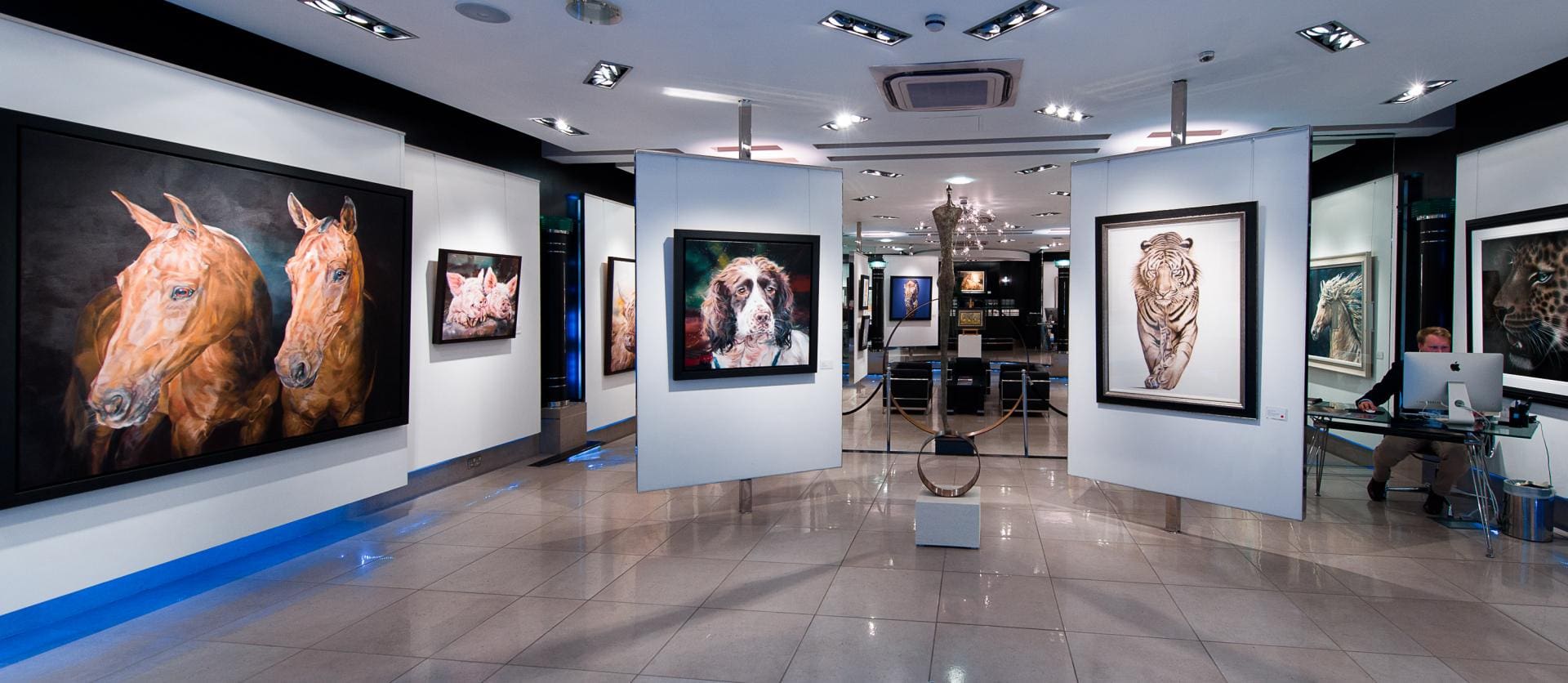
So Swaby, then working in cattle management systems in the agricultural world, decided to go direct. She’d come across an artist whose work she loved – Sherree Valentine Daines – and approached her to buy a painting. “My friends would come around and see this art on my walls and ask where they could get it. And that gave me the idea,” says Swaby. Used to driving all over the country, she bought a little red van and started visiting art shows and signing up artists, whose work she would then sell via art parties she held at her country cottage home. “It was all just a hobby, but it kept growing,” she recalls. “The agricultural market was great but I can’t say I had a passion for it. But my passion for art grew very quickly.”
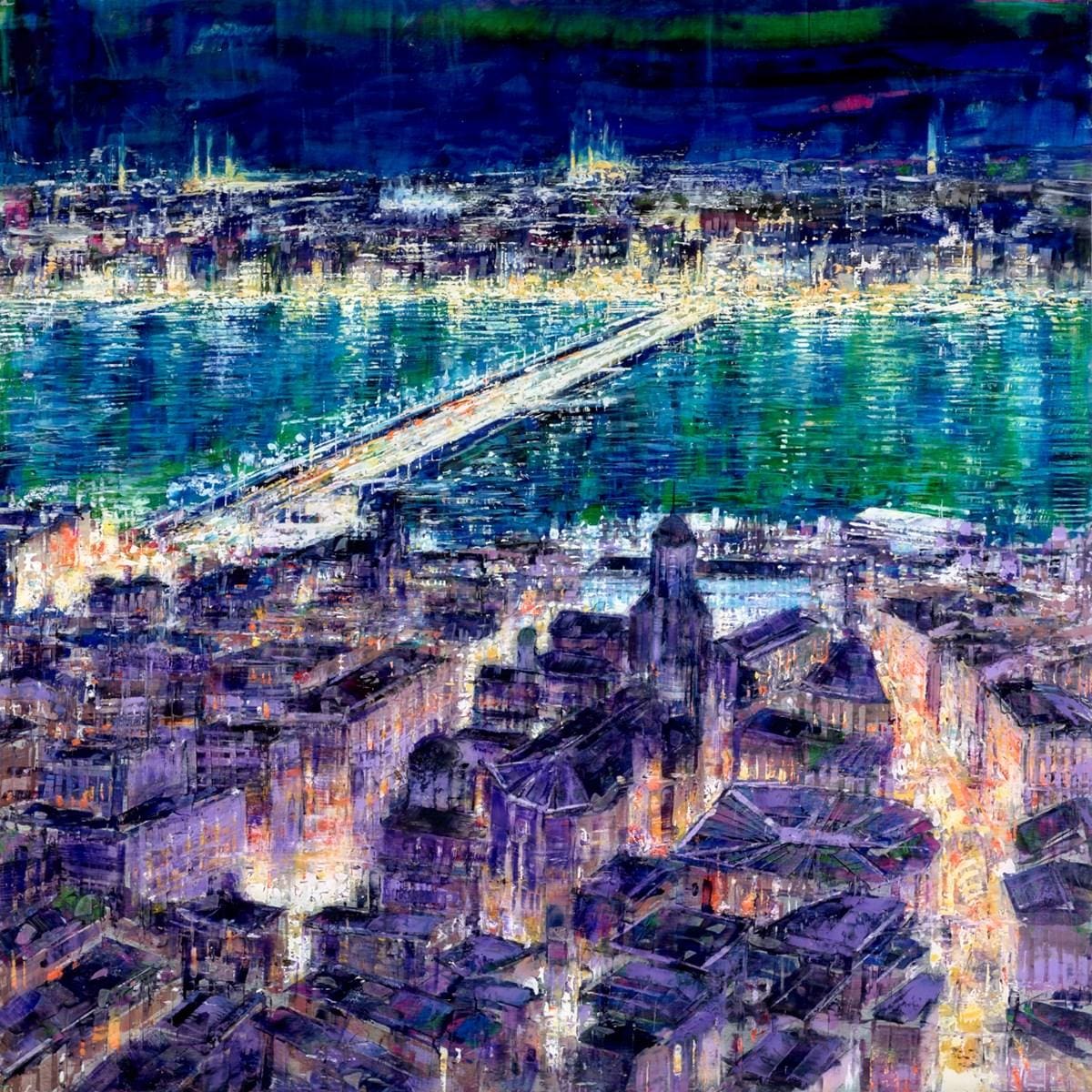
Walk down Dover Street today and you’ll see a gallery called Clarendon Fine Art. Pop over to Richmond, Wimbledon, Chelsea or Hampstead and you’ll find Clarendon galleries there, too. They, and another seven Clarendon galleries, all belong to Swaby. As, in fact, do another 42 galleries across the country, under the Whitewall Galleries brand name, all opened over the past 13 years. Swaby also exclusively supplies some 100 other galleries, from Newcastle to Bournemouth, on a kind of franchise basis. Put them all together and Swaby is certainly the biggest single art provider in the UK. As such, she’s become, at grass roots, hugely influential in how art is acquired and enjoyed, not least through collaborations with the likes of Coutts, the Ritz London, Bollinger, the Althorp estate and, most recently, Cunard – for whom Clarendon arranged the cruise line company’s first artist-in-residence programme.
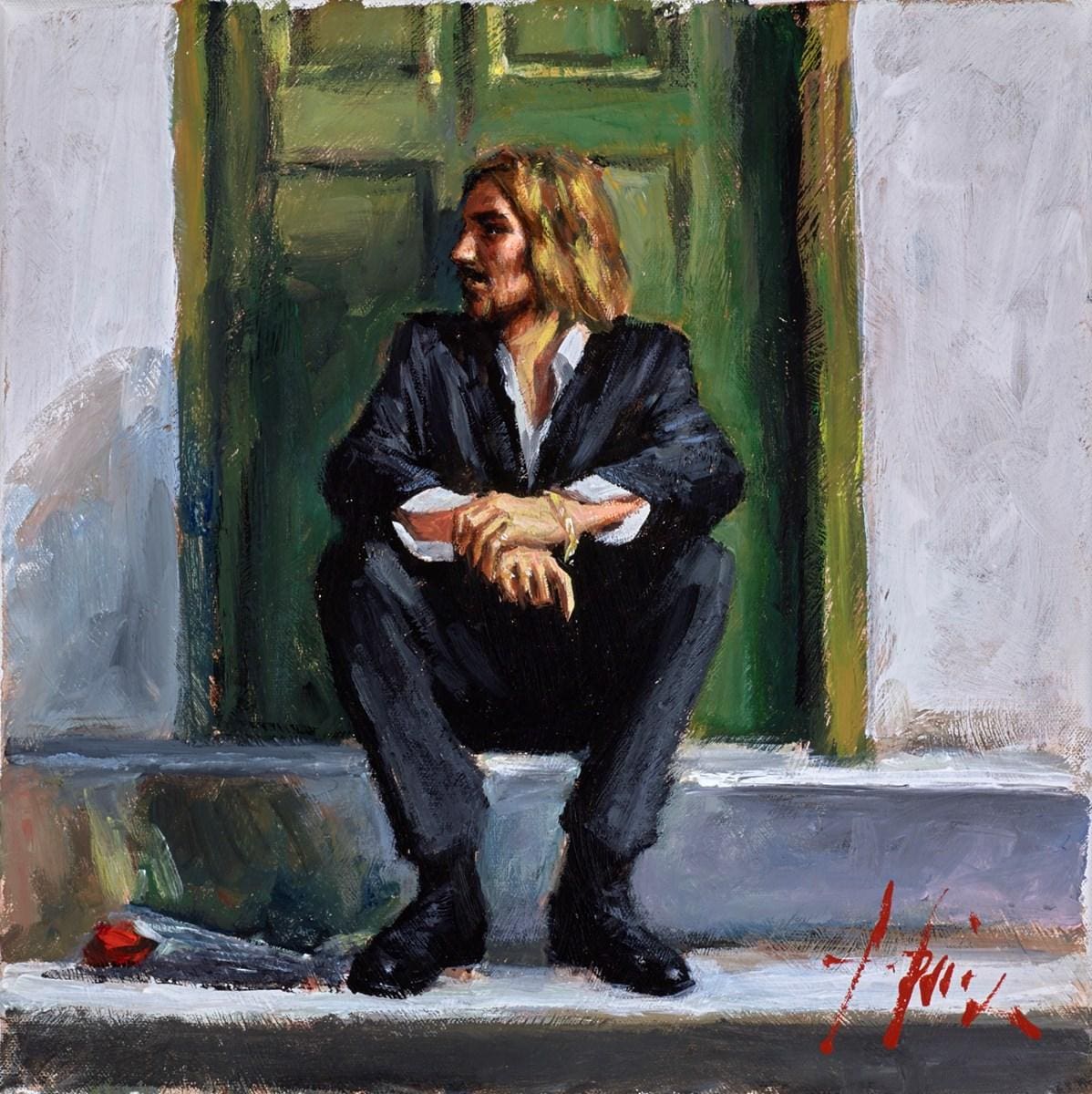
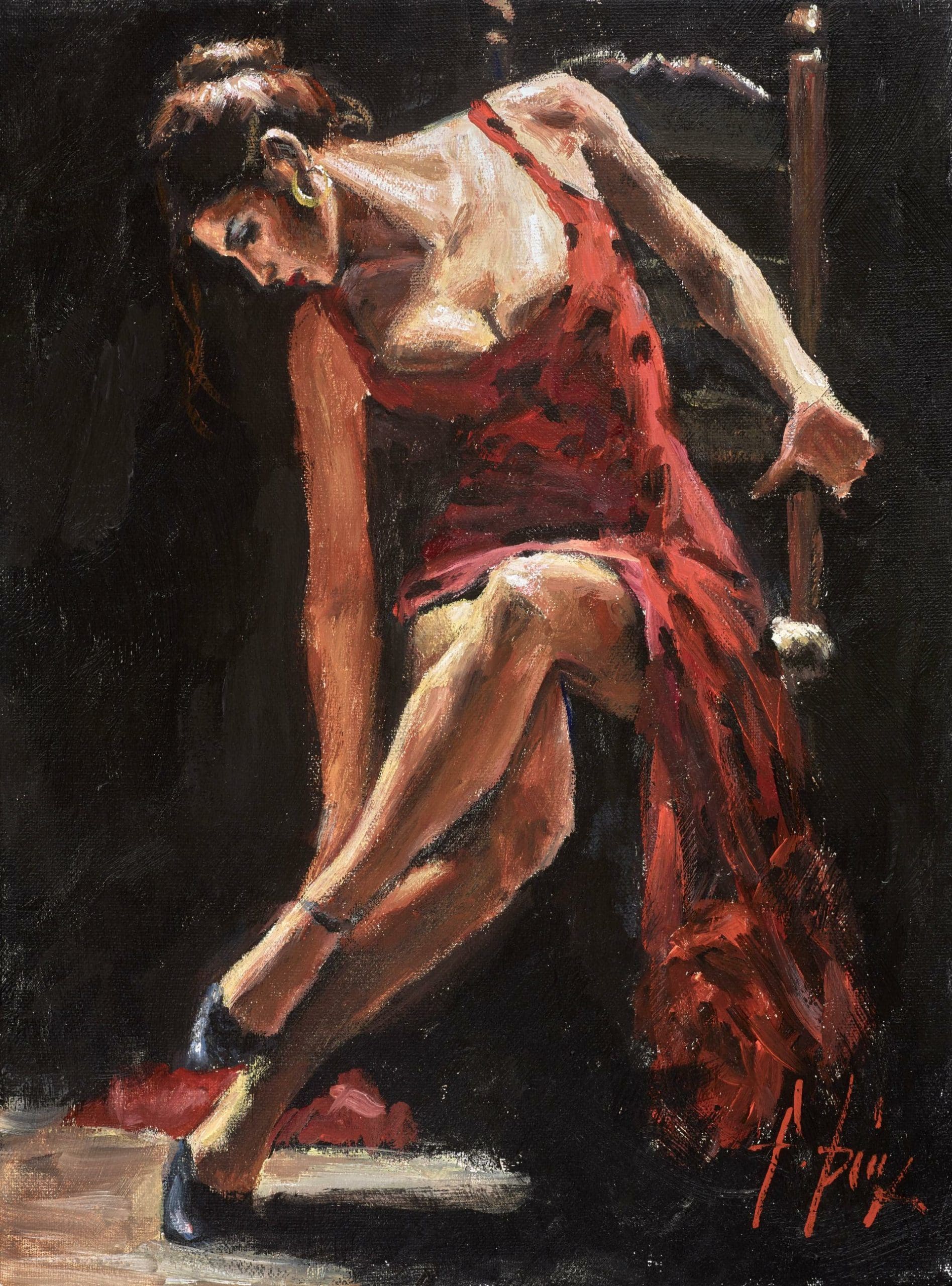
“For me the art world still has something of a reputation for being pretentious and elitist – and my mission has been to make art accessible to all, and, what’s more, to make buying and owning art a lovely experience,” says Swaby. “We have galleries that look good – contemporary rather than the fuddy-duddy look of many small private galleries. They’re the kind of places that a customer should walk into and say ‘wow!’ But, more than that, it’s all about inspiring customers who may not know an awful lot about art. I don’t think these are the kinds of customers who have been looked after by the art world. They’ve been made to feel uncomfortable, embarrassed, intimidated. But the fact is that most people who go into a gallery don’t know much about art. It’s just that something has caught their imagination.”
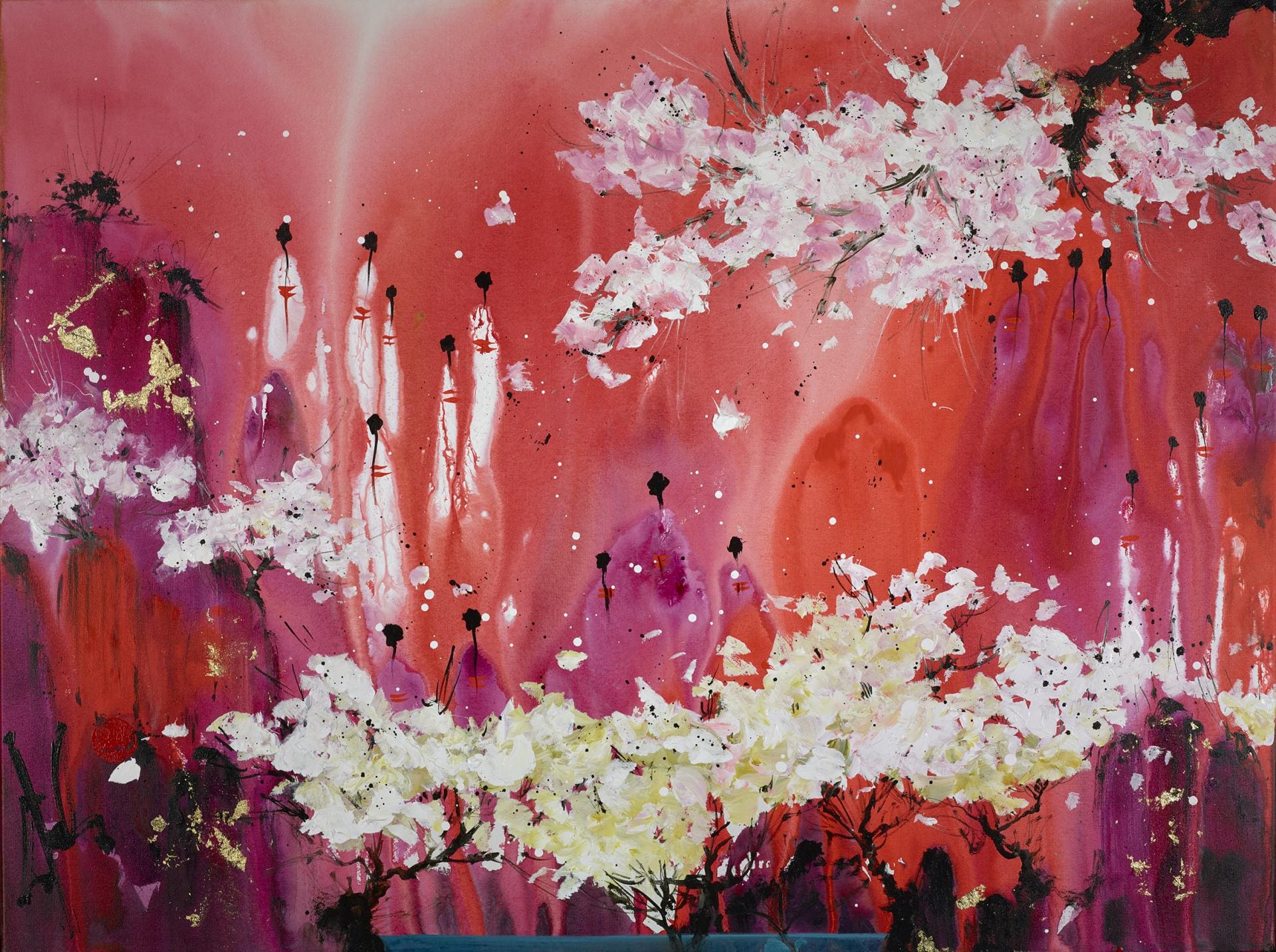
The art world’s obsession with making a return on art – art as investment, rather than art for art’s sake – has in recent years confused many galleries’ approach to sales, and sometimes the attitude of those looking to buy. Swaby concedes that most people who buy art quietly hope they’ve made a wise investment, “but that’s probably fantasy,” she warns. “We’re trying to persuade people to acquire a piece of art because they love it, because, as we try to explain, the enjoyment you get every day from having something you love on your wall is quite a profound thing.”
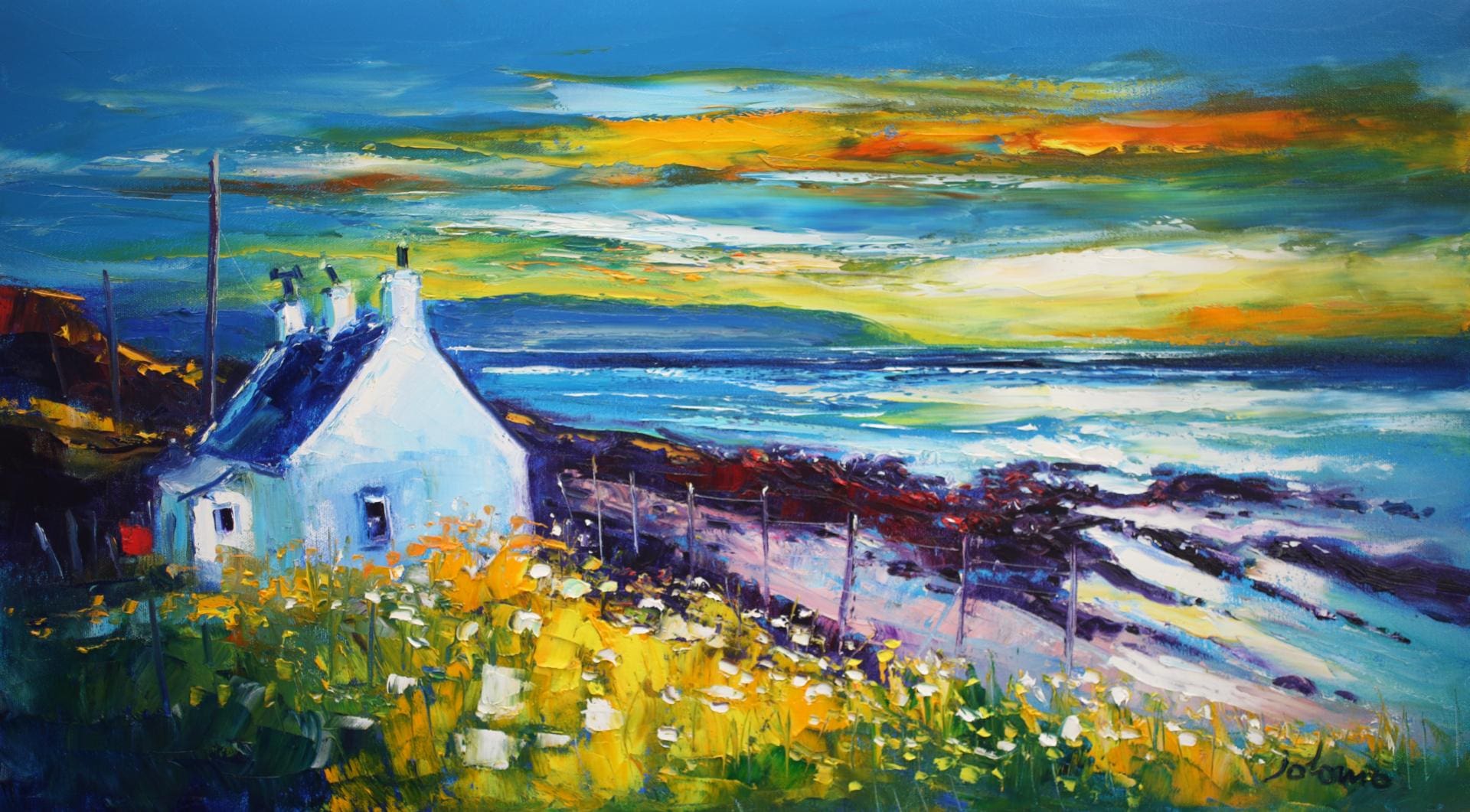
Not that Clarendon and Whitewall’s influence doesn’t push up prices. Daines’ paintings perhaps sold for around £25,000 25 years ago. Swaby’s group recently sold one for £150,000. The company does everything it can to raise the profile of the artists on its books and, certainly, to get onto those books is a major step up for any aspiring artist – not least because Clarendon and Whitewall’s scale means their potential customer base suddenly explodes exponentially.
“It’s a platform that can put them on the map in what is a very competitive market,” explains Swaby. “If you get a contract with us, it’s like a musician getting a deal with Sony. So every day the company receives calls and submissions. We don’t sign as many new artists as we’d like because we want to keep it all tight, while also recognising that the art world has been too fixated on catering to high-net-worth individuals. It’s only now that it’s realising that there’s a huge customer base among people who just like art.”
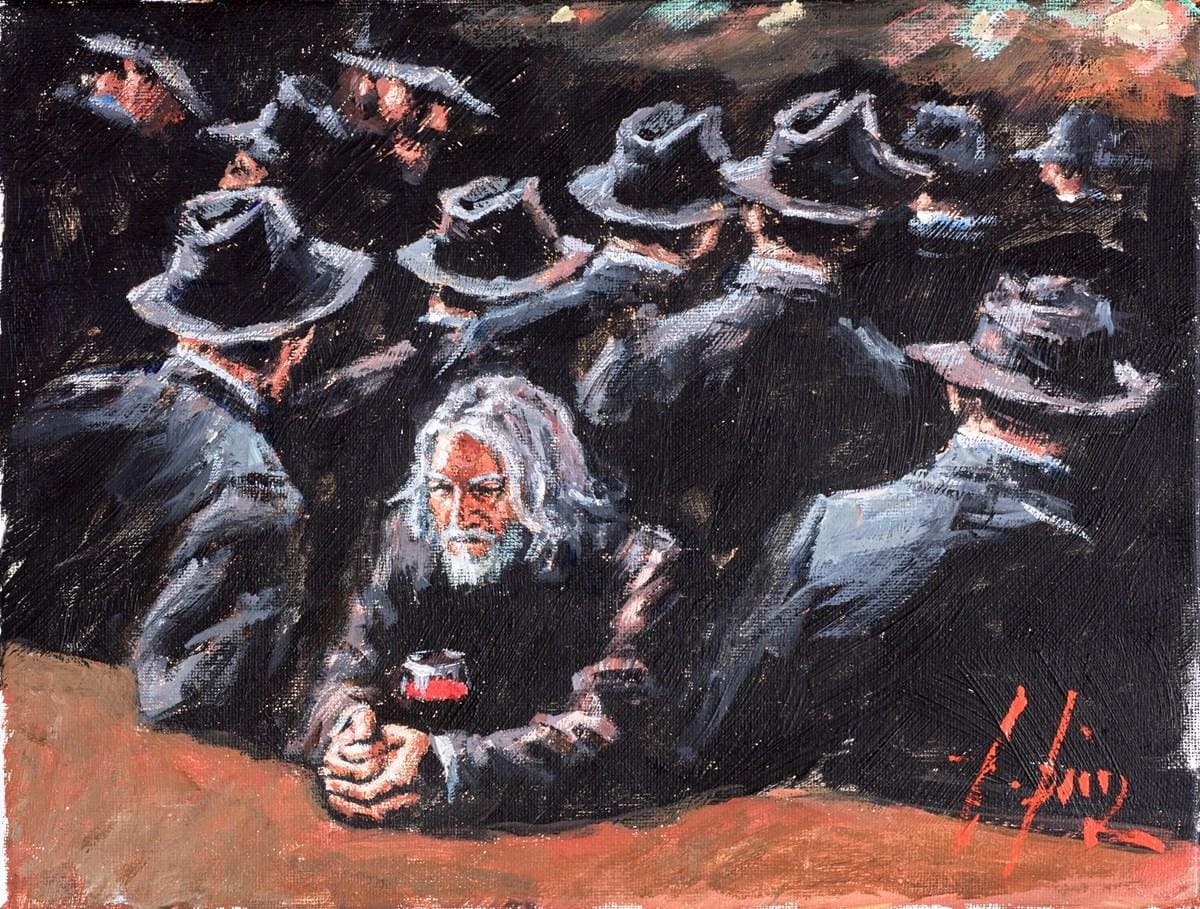
That said, if you want to spend £1m on a painting, Clarendon Fine Art can help you. Works by modern masters such as Henry Moore, Marc Chagall, Peter Blake and (especially popular now) L. S. Lowry are all part of the group’s inventory, as are pieces by artists of such stature only their surnames are required – Picasso, Chagall, Dali, Warhol and so on. Naturally, Swaby explains, her smaller gun artists love the credibility of seeing their work hung alongside big shots. Finding and nurturing these smaller guns is no easy task. They often serve as ideal entry points for people looking to buy their first pieces – and increasingly savvy buyers are drawn to newer talent, like Pip McGarry, Fabian Perez and Christian Hook over blue-chip work. Sourcing and looking after new talent is, she argues, something only an organisation the size of hers can do properly; the solo gallerist typically just doesn’t have the time or access.
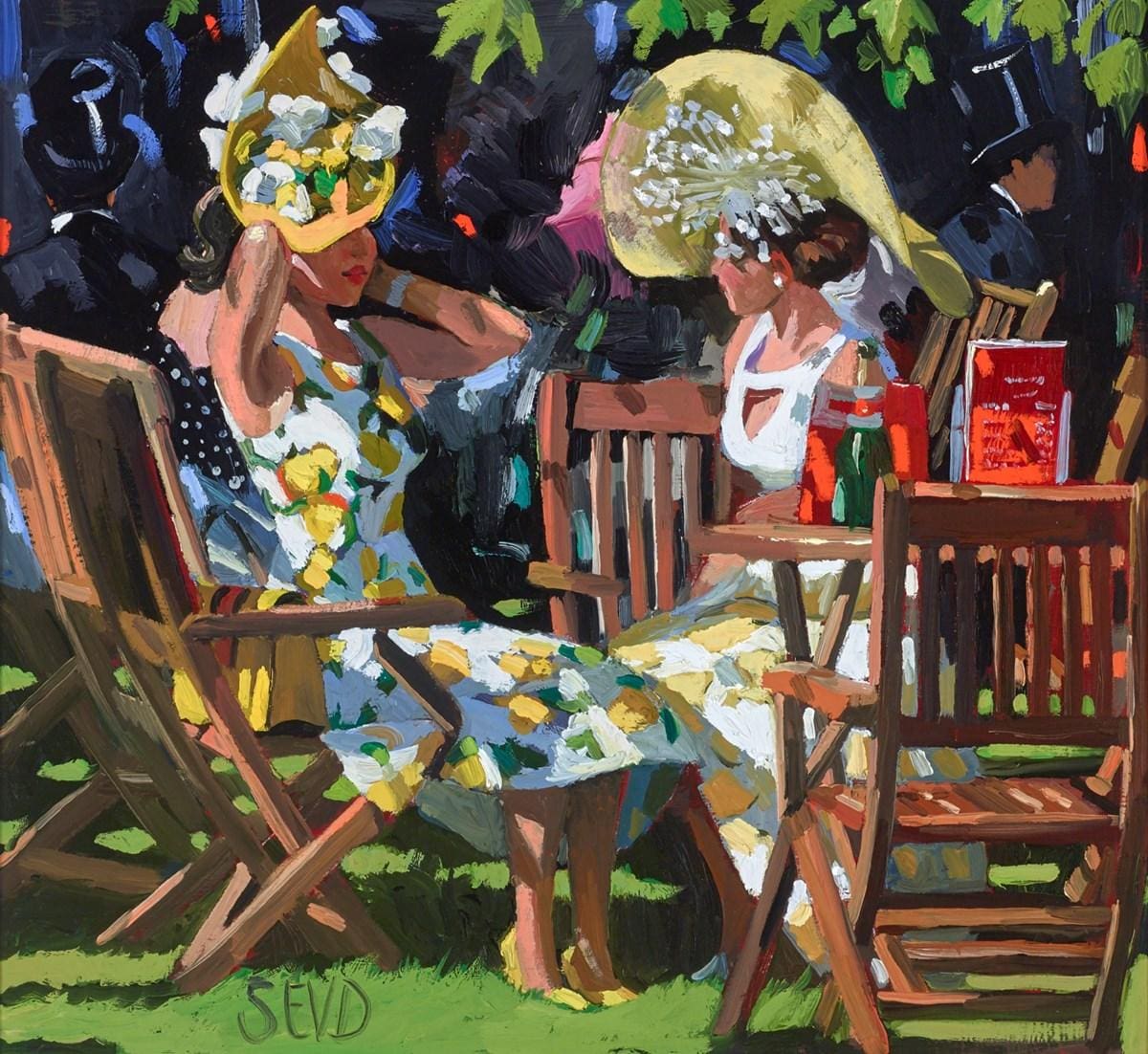
“We often take on artists without an established reputation, even straight out of art school sometimes – that doesn’t put us off at all,” says Swaby. “Their work has to be aesthetically appealing, show great workmanship, be innovative and maybe have the potential for value growth. To begin with I just leaned towards art that I liked because I thought that if I couldn’t sell it then at least I could put it on my own walls. But as the years have gone by we’ve become more responsive to demand for certain types of art that I might not have at home in a country cottage. The point is to be able to offer something for everyone.”

Not that there isn’t a cut-throat streak in Swaby. Gallery groups such as hers are few and far between. When she first started to grow, a lot of people in the industry got busy telling her it wouldn’t work out, not least because plenty had tried to open four- or five-gallery-strong businesses, only to go under a few years later. But, she reckons, she seems to have found “some magic ingredient that makes it work, not least an amazing team that really wants to look after customers and, what’s key, a readiness to have some fun, which allows us to build brand loyalty.” The broader art world, she suggests, just can’t stop itself from being oh-so-serious and po-faced. But, she stresses, she does have to maintain that magic ingredient.
“I feel that the art we acquire is, within its sector, always of great quality. But it’s always up to the customer to decide if they love it and want it. And if the talent doesn’t get that love from the customer then they probably don’t last so long in our portfolio.”
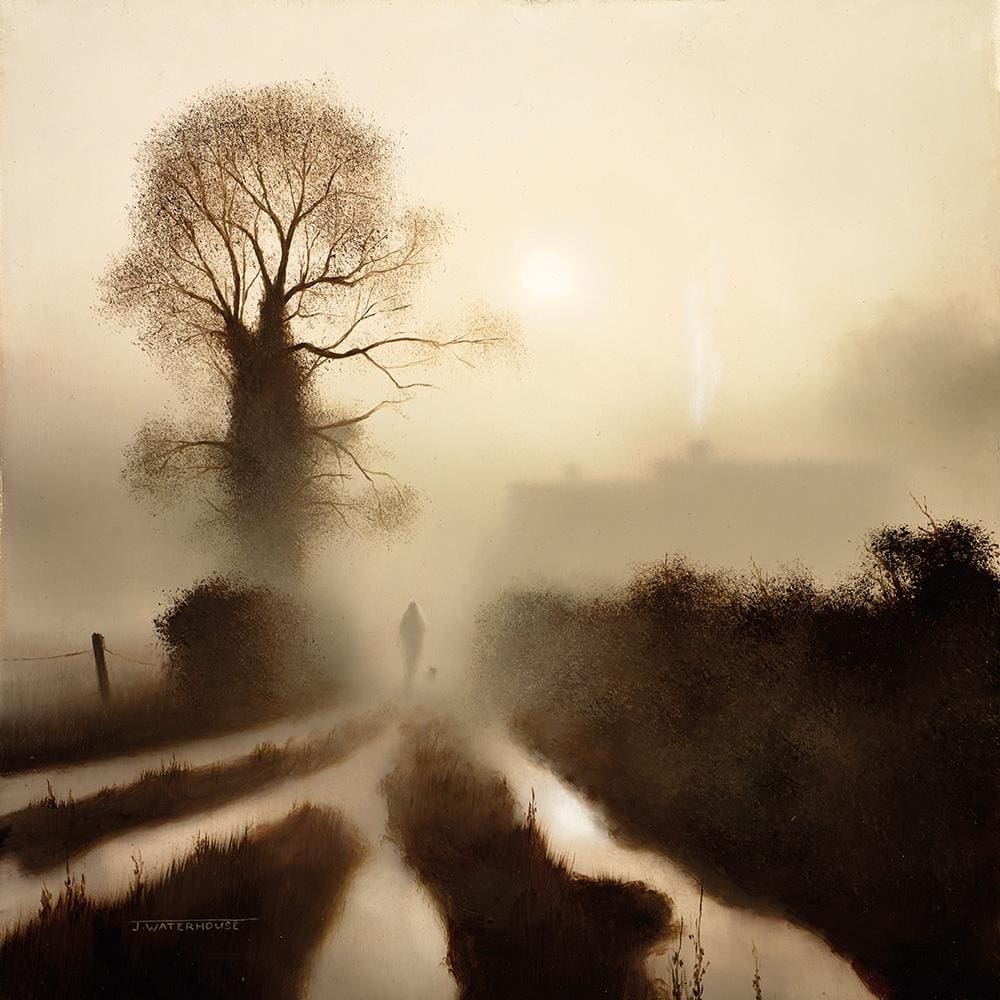
As Swaby notes, the gallery world is changing rapidly. “Globalisation, tech, the fact that there are many more young 20-something art buyers out there now – all of this is making the art market so much more dynamic than it has been in a long time. I hope I can be a good role model for young people coming into the art dealership world, especially perhaps in recognising that it’s not necessarily a male domain.” More than that, though, she says she wants to transform lives by helping people discover the joys of art, just as she did. “I hope we’re slowly changing the perception of art, helping people understand that it isn’t some rarefied thing only rarefied people can buy. Art can be democratic.”





